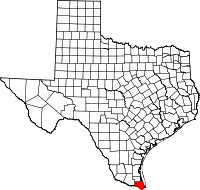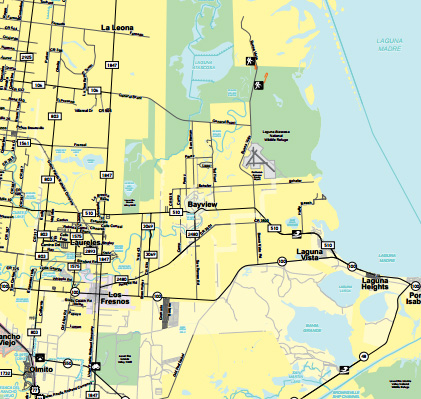General Info
The history of Cameron County can be traced back to the Archaic period, over 10,000 years ago. Native Americans hunted, gathered berries, fished and flourished in the area. The Coahuiltecans and Karankawas were the most prominent groups in the early years of Cameron County. After the Spanish arrived in the 17th century, a large number of their population was diminished due to disease. The ones who did survive, either intermarried with the Europeans, or moved away/were forced to seek better fortune. By the end of the 20th century, almost all trace of the Native Americans had vanished from the area.
At the time of the Texas Revolution, the population was still very small and sparse. All throughout the 1830’s and 40’s Mexico had claimed the area as theirs and would frequently range herds of cattle through the area. The Rio Grande was a favored spot to pasture their herds and catch a bit of a break from traveling, and regain strength/spirits. This area is now called Brownsville.
In the years leading up to 1846, the dispute over whose land it was became a hot topic. General Zachary Taylor marched between the Nueces River and the Rio Grande to set up a defensive dubbed “Fort Texas” but was later renamed Fort Brown after Major Jacob Brown, who died during a Mexican offensive on the fort. During this time, there were many battles, ultimately leading up to the Mexican War and the signing of the Treaty of Guadalupe-Hidalgo. On July 4th 1848, the area of over 3,000 sq miles, was claimed by the United States. Santa Rita (long since believed to be the first English speaking town in the area) was made the County Seat, only 5 miles downstream from Fort Brown. Months went by and then Charles Stillman established Brownsville. After much effort on the part of Stillman, on January 13th 1849, Brownsville was named the new County Seat.














